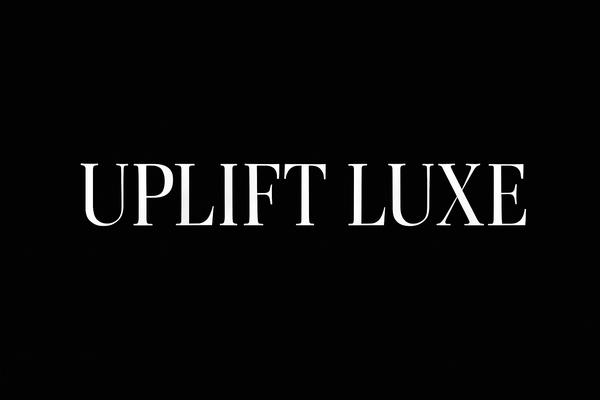There's something almost sacred about walking through the ateliers of Europe's greatest fashion designers—those hallowed spaces where fabric becomes poetry, where tradition meets rebellion, where the very essence of style is distilled into garments that will outlive their creators. Europe doesn't just produce fashion; it nurtures a lineage of visionaries who understand that clothing is culture, that design is philosophy, that true creativity requires both reverence for the past and courage to imagine the future.
From the revolutionary spirit of Coco Chanel to the futuristic vision of Marine Serre, European designers have consistently challenged conventions, redefined beauty, and proven that fashion at its highest level is nothing less than art made wearable.
The Legacy of Revolutionary Vision
The most enduring European designers share a common trait: they didn't just create clothes, they created languages. When Coco Chanel liberated women from the constraints of corseted fashion, she wasn't just designing dresses—she was designing freedom. When Giorgio Armani deconstructed the masculine suit and rebuilt it for the modern woman, he wasn't just tailoring fabric—he was tailoring power itself.
Vivienne Westwood's punk-inspired rebellion and Yves Saint Laurent's groundbreaking tuxedo jacket for women weren't just fashion statements—they were cultural manifestos, declarations that clothing could be a vehicle for social change, personal expression, and artistic revolution. These designers understood that fashion's greatest power lies not in its ability to follow trends, but in its capacity to create them.
The New Guard of European Excellence
Today's emerging European designers carry this legacy forward while addressing the unique challenges and opportunities of our time. Marine Serre's futuristic approach to upcycled materials proves that sustainability and innovation aren't opposing forces—they're complementary ones. Her work suggests a future where environmental consciousness and cutting-edge design exist in perfect harmony.
Simone Rocha's romantic silhouettes and intricate detailing remind us that in an increasingly digital world, there's still profound beauty in handcraft and human touch. Matthieu Blazy's understated luxury at Bottega Veneta demonstrates that true sophistication often whispers rather than shouts, while Richard Quinn's bold prints and theatrical presentations prove that fashion can still surprise, delight, and transport us to worlds we never imagined.
The Cultural Resonance of European Design
What makes European fashion so enduringly influential isn't just technical skill or creative vision—it's the understanding that fashion exists within a larger cultural context. These designers don't just create clothes; they create conversations about identity, sustainability, craftsmanship, and the role of beauty in our daily lives.
The platforms of Paris, Milan, and London Fashion Weeks serve as more than just commercial showcases—they're cultural laboratories where ideas are tested, boundaries are pushed, and the future of fashion is continuously reimagined. These events remind us that fashion at its best is collaborative, international, and deeply human.
European designers continue to shape global fashion not through dominance but through inspiration, not through imitation but through innovation. They prove that true influence comes not from following formulas but from having the courage to break them, the wisdom to honor tradition while embracing change, and the vision to see fashion not just as commerce but as culture.
In an era of fast fashion and disposable trends, European designers offer something increasingly precious: the reminder that clothes can be meaningful, that design can be transformative, and that fashion at its highest level is nothing less than a celebration of human creativity and cultural continuity.
Experience the artistry of European design at Uplift Luxe, where legendary craftsmanship meets contemporary vision in every carefully curated piece.


